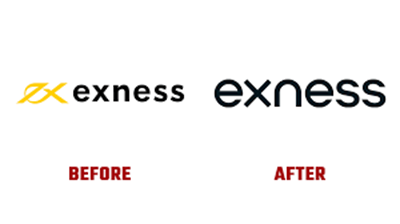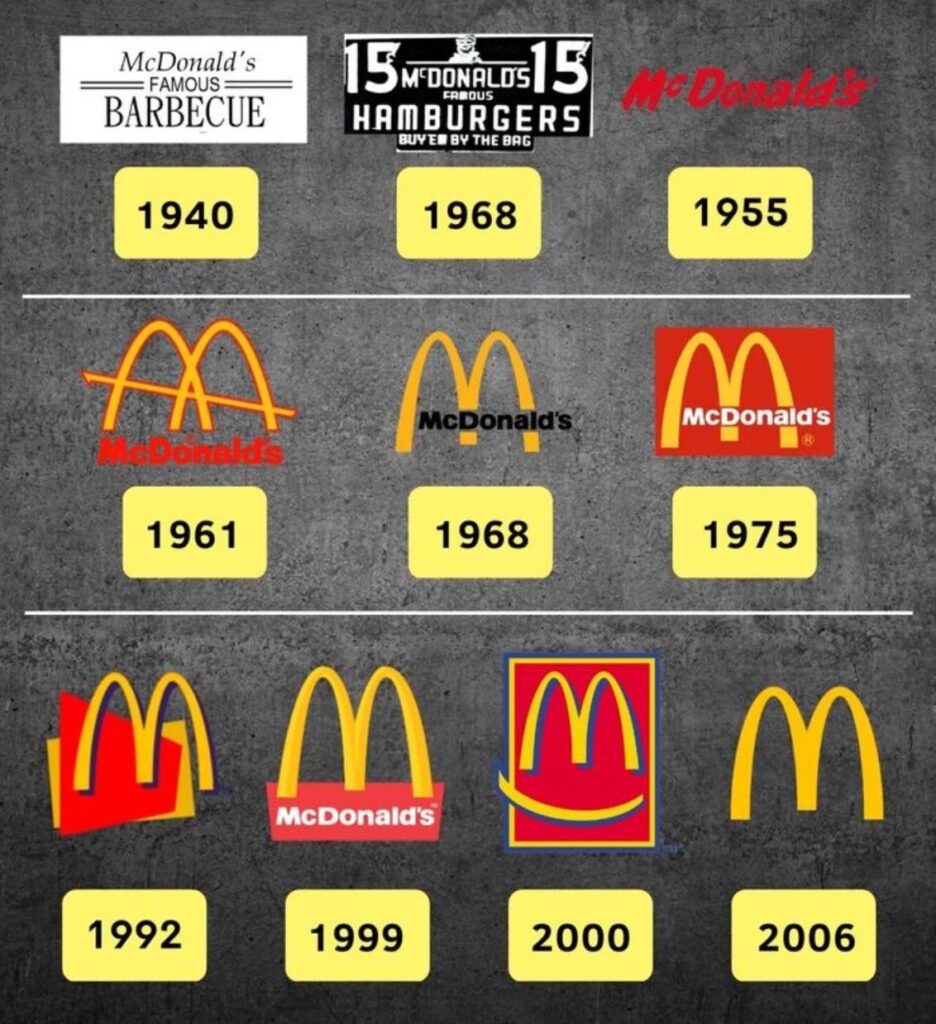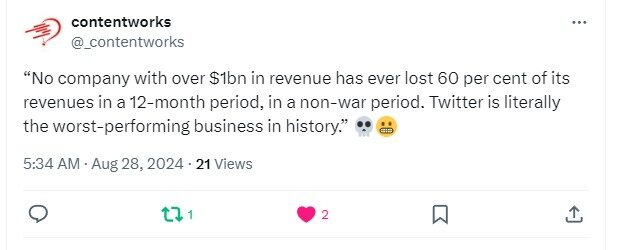Your company brand is your identity, tells your story and helps you stand out from your competitors. If it’s time for a rebrand, there are many factors to consider. Rebranding is much more than just updating the logo. It’s a strategic, multi-faceted exercise. At Contentworks, we’ve supported financial services firms to create fresh new brands, or refresh an existing brand. Here’s what you need to know if you want to rebrand successfully.
Strategising Your Rebrand
One of the first things to ask is ‘why are we rebranding’? What is the strategic reason behind this rebrand. And no, your new CMO wanting to make their mark is not good enough. What has shifted in the company that requires this rebrand – have you changed products/service offering? Perhaps a new audience or geography you want to target. Or a reputation management initiative due to a negative image or past regulatory issues.
Once you’ve identified what has changed, you need to ask how much of a brand change is required. Is it just a slight tweak to modernise the look and feel of your logo to appeal to a different demographic or a more drastic overhaul? And last but not least, budget. How much are you setting aside for your company rebrand? Costs can run high. An average cost of rebranding can be 10-20% of your marketing budget and take 3-4 months. While you will need your internal teams participation, an external agency can help you stay objective, on time and in budget.

Some elements your rebrand might include:
- Vision and mission statements
- Logo – is it completely new, or a spin on your current look?
- Tagline/slogan – create a new one, update existing, remove it completely
- Visual identity – colours, fonts, imagery
- Tone of Voice – communicates your brand personality
TIP – involve key stakeholders . Ensuring you have enough people involved to get internal buy-in to the new brand, but not so many voices so that it gets watered down.
Why Is Your Branding Important?
- 50% of consumers are more likely to visit a brand they recognise
- 60% avoid brands that have unappealing logos
- 59% of those surveyed prefer buying new products from brands that they already know
- 31% say trustworthiness is the most important brand quality
- 82% of investors want the companies they invest in to have a robust brand.
These and many other reasons are why companies put a lot of thought into creating or updating their brand, and why expert agencies are brought in as part of the process.
Rebranding Your Visual Identity
This is all the visual elements that represent your brand – they include the logo, slogan, tone of voice, brand colours and fonts that help your clients recognise and differentiate you from other brands. This can include the layout of your website through to the icons and style of images you use.
Colours
Think carefully about the colours you use, there’s a lot of science behind how people interpret and react to colours – and these can be culture specific. For example, white is used as a wedding colour in Western countries, but in China and India it is used for funerals. McDonalds are a great example with their ubiquitous hunger-inducing red paired with friendly, happy yellow. And on another level, the M stands for McDonald’s, but the rounded m represents mummy’s mammaries, according to design consultant and psychologist Louis Cheskin. EEEK.

There are also technical aspects to colour combinations – do they work well together? E.g. red text on a blue background can be headache inducing. And finally, they need to be digitally friendly. The same goes for your choice of font. Ensure it is aligned to the rest of your brand, that it works well in both small and larger sizes, in print and online.
Logo
Your logo is a critical part of your brand’s identity. 90% of the world’s population recognise the Coca Cola logo! While that might be a tall order for a new brand, or tighter budget, working with an experienced agency is crucial to the success of your rebrand.
Tagline
Your slogan is also important and perhaps a bit easier to update than your logo. Coca Cola have changed their logo substantially only twice in their 138 year history, but their slogan has been updated 68 times. Imagine if they were still using their 1906 slogan today “The Great National Temperance Beverage”.

Tone of Voice
Your brand voice helps you communicate and connect with your audience and differentiate from your competitors. Here are a few points to consider when updating your brand voice:
- Does your current brand voice reflect your rebranded personality or will that also need updating?
- Your written copy style guide should be used by everyone in the company including external services providers
- Technical aspects of grammar and syntax should be set out. Think about which languages you will use and their multiple versions e.g. US English or UK English or Australian English?
- Your brand voice in action – have tangible examples of typical types of communication.
Need help creating or rebranding your brand voice? Speak to the experts at Contentworks.
Updating Marketing Assets
Regardless of the extent of your rebrand you need to conduct an audit and update all your marketing assets. Here’s a quick checklist and some tips on what you need to consider;
- Website – From your main site, to your mobile, apps, blogs and partner sites
- Landing pages – You will need to update and redirect/rework old landing pages
- Brand guidelines – Ensure your global branches are informed and keep these key documents in one centralised location for version control
- Content – Key content items like vision statements, About Us and company biographies may need reworking
- Videos and Images – Be clear to anyone using your logo and imagery where to access the new brand assets and be sure to archive old ones
- Social media – As highlighted above, ensure all your channels are rebranded. This is for both organic and paid
- eBooks and white papers – Consider if you will update your eBooks to the new brand, or perhaps retire them
- Annual reports and other documentation – Company presentations, sales sheets, even invoice templates
- Physical assets – Business cards, letterheads, brochures, expo booths, banners, outdoor advertising. It all needs to be updated
- Partner assets – Ensure all your affiliates, IBs and partners understand the rebrand and where to access the new assets.
All these assets need to be planned and ready to rollout as part of the relaunch of your new brand.
Soft Launch or Big Reveal?
So you’re ready to relaunch your new brand to your audience. But, will it be a soft or hard launch? There are are advantages to both approaches.
Soft Launch
Your changes might be subtle and made to give a more modern look to your brand. Your products and services, and vision haven’t really changed but you want a more updated look. So you decide on a soft launch. Or maybe you have made more significant changes but you want to test the waters before going public. Here’s what a soft launch might, or might not, include:
- No big PR or announcement
- Quietly update logo or tagline
- Inform partners and affiliates and share new assets
- Update your team on changes
The Big Reveal
If you’ve made significant changes then a larger scale promotion is called for. Going big gets the news out fast, and can make a strong impression. You have to be confident that the changes will be well received. This might include:
- Public relations campaigns
- Social media updates, posts, teasers, reveals
- Emails to your databases
- Events for your internal team, partners and possibly even clients.
However you approach your launch, you need it to be strategised, budgeted and rolled out correctly.
Updating Social Media Channels
Social media is vital in how your brand is received by your target audience. How you handle the changes on your socials is important to the success of your rebrand. Think about what needs to be added, dropped or updated, from your trade name, to logo icons, visuals, tone of voice and the type of content you produce. You also need to consider if you will keep existing channels, or bring in new ones.
Dropping Channels – Is your audience still on Facebook or have they migrated to TikTok? Or if you’ve changed your target demographic to a younger one, they may never have been on Facebook to begin with. With limited resources you need to ensure the channels you spend time on are where your, possibly new, audience are. If they’re not there, it might be time to let it go. If you decide to drop a channel, its a good idea to pin a post to that page for a few weeks first. And you might want to send out an email or create a blog to keep your community informed. This is also a great opportunity to snare new followers and subscribers on the channels you want.
Updating Current Channels – You need to ensure all the new brand elements are updated in time with your relaunch roll out. The logos, ‘about us’, colours, imagery, tone of voice and messaging all need to match the new brand look and feel.
Adding New Channels – This is a consideration whether you rebrand or not. Don’t be too quick to jump on the new shiny channel without ascertaining if it aligns with your new brand and audience. You should also consider your resources. Ideally each channel will have its own content, videos and style. Outsource your social media management to a professional agency to help manage your workload.
Reputation: Managing Expectations
Companies that have experienced negative online reputation may reach the decision that a rebrand is necessary. This will entail more than just a shiny new logo. Trust is critical for financial services firms and if that trust has been broken, serious online reputation management needs to take place.
With 85% of consumers trusting online reviews, your online reputation is crucial to your brand’s success.
Forums and Reviews – You need to consider what to do about negative comments or reviews. Depending on the issues, you might choose to address them directly, or use your rebrand as a way to push down old, negative content.
Creating New Profiles – If you feel there is no salvaging a bad reputation, then starting afresh might be a viable approach. This is not a step to take lightly and your old critics can easily follow you there. As can media and regulators.
Crisis Planning – Being prepared for how you respond to reputation threats means you can react quickly, decisively and correctly. Having a reputation management plan is crucial for finance brands.
Rebranding: A Cautionary Tale
Perhaps one of the most public rebrandings in recent history; in 2023 Twitter became ‘X’ following Elon Musk’s acquisition of the company.
15 years of brand equity was quickly swept away as the iconic and well thought out bird logo on a blue background was replaced with a generic symbol designed by a fan over the weekend. Not only was a loved symbol killed off, but words that had entered the lexicon of popular culture like ‘tweet’ and ‘retweet’ were also wiped out. If you haven’t read the story of the original Twitter logo (from its designer) then we highly recommend you read his Twitter Thread.

The change of logo was to reposition the platform to become more than just a social media but to also encompass entertainment, banking and payments. Similar to WeChat in China. The update was a ferocious ripping off of the plaster. Allen Adamson, co-founder of brand consulting group Metaforce, commented “It’s going to go down in history as one of the fastest unwinding of a business and brand ever.”
Beyond the reposition, name and logo change, the brand perception became intertwined with Musk’s personal brand. Banking and payments brands rely heavily on customer trust and experts are dubious as to whether the wider public outside of Musk’s fan base will buy into the rebrand. It’s been a little over a year since the rebrand and X has lost a whopping 30% of its customer base in 2023 (up to Spring of this year), and only 40% have positive feelings towards the new brand.

Takeaway lessons from the X rebrand
- Brand value built over years should not be discarded lightly
- Use professionals to create your brand. We can see what happens when you don’t.
- User engagement is key for brands to communicate changes to their core audience
- A well-strategised rebrand considers all customer touchpoints and changes are rolled out in a timely fashion
- Visual identity needs to communicate your brand proposition to your target audience
Planning a Rebrand?
Strategising for a rebrand, creating a new brand, or making minor tweaks requires an expert marketing approach. Contentworks Agency can support you from strategy to execution of your rebrand, helping you stay on time and in budget. Contact us to book a free zoom call to discuss how you can rebrand successfully.
